20 Bold Signature Southern Indian Snacks That Pack a Flavorful Punch
Southern Indian snacks tantalize taste buds with their vibrant flavors and unique culinary heritage.
These delectable treats represent a rich tapestry of regional cooking traditions passed down through generations.
Crispy, aromatic, and often intricate, these snacks showcase the incredible diversity of southern Indian cuisine.
Ingredients like rice, lentils, and coconut play starring roles in creating mouthwatering delights that dance between spicy and savory profiles.
Skilled home cooks and street vendors alike transform simple components into extraordinary culinary experiences that reflect cultural nuances.
Generations of culinary wisdom infuse each bite with memories and regional pride.
The magic of these snacks lies in their ability to connect people through shared gastronomic pleasure.
We have compiled 20 signature southern Indian snacks that will transport you to a world of incredible flavors:
Signature Southern Indian Snacks Packed with Flavor
Spice-lovers will swoon for South India’s snack scene. Street vendors and home cooks alike offer crispy, savory bites that delight.
Dosa
Dosa stands as a crispy, golden-brown South Indian pancake crafted from fermented rice and black gram bean batter, originating in Tamil Nadu during the 1st century AD.
Fenugreek seeds lend the signature flavor and rich color to this iconic dish, creating a thin, delicate texture when spread across a hot oiled griddle.
Generations of families have savored its distinctive crunch and subtle tanginess, transforming simple ingredients into a beloved national staple.
Restaurants across India serve this versatile meal for breakfast, lunch, or dinner.
Nutritional benefits include high protein content and probiotic properties from fermentation.
Street vendors and home kitchens alike celebrate its simplicity and profound cultural significance.
Travelers frequently seek out this classic dish as a quintessential taste of South Indian cuisine.
Masala Dosa
Masala dosa embodies South Indian cuisine's crispy, savory pancake crafted from fermented rice and lentil batter, skillfully grilled into a golden-brown crepe.
Rice and lentils are soaked, ground, and left to ferment before being spread thinly on a hot griddle until perfectly crisp.
Traditional fillings feature spiced potatoes mixed with onions and mustard seeds, creating a delightful inner layer of flavor.
Regional chefs often garnish the dish with fresh grated coconut and chopped coriander leaves.
Masala dosa serves as a versatile meal option enjoyed throughout India during breakfast, lunch, or dinner.
Street vendors and restaurants across the country serve this popular street food with sambar and coconut chutney.
South Indians consider masala dosa a staple comfort food that represents their rich culinary heritage.
Upperi
Upperi are Kerala's signature crispy plantain chips deep-fried in coconut oil and seasoned with salt during the frying process, creating a savory and crunchy snack beloved across South India.
Kerala households traditionally prepare these golden chips as a staple during Onam festival celebrations, where they feature prominently in Sadya vegetarian banquets served on banana leaves.
Shops stock fresh yellow plantain chips sealed in plastic bags throughout the year, making them easily accessible to snack enthusiasts.
Street vendors and home kitchens carefully slice plantains into thin strips before immersing them in hot coconut oil to achieve maximum crispiness.
Salted water sprinkled during frying enhances the chips' distinctive flavor profile and ensures even seasoning.
Upperi pairs perfectly with hot beverages like coffee or tea, creating a satisfying afternoon treat.
Paper Dosa
Paper dosa represents a wafer-thin crispy pancake from Tamil Nadu that stretches over two feet long with remarkable crispness and delicate texture.
Southern Indian kitchens transform basmati rice and urad dal into a smooth fermented batter through an intricate overnight soaking process.
Fenugreek seeds add subtle complexity to the mixture, which rests and develops deep flavors before cooking.
Skilled cooks spread the batter across a hot skillet with practiced precision.
Ghee provides rich golden edges and enhances the pancake's distinctive crunch.
Salt seasons the batter, balancing its natural tanginess.
Light and airy, this traditional dish offers a perfect blend of texture and taste.
Diners often enjoy paper dosa with coconut chutney and sambar for a complete meal experience.
Medu Vada
Medu vada are crispy, golden-brown South Indian fritters shaped like savory doughnuts and crafted from ground black lentils with aromatic spices like fenugreek, cumin, and ginger.
Karnataka cuisine claims origin of these deep-fried delicacies in Maddur city, where street vendors and home cooks perfected their unique circular shape.
Black lentil batter gets mixed with green chilies, pepper, and herbs before being carefully dropped into hot oil.
Skilled hands transform raw ingredients into perfectly round snacks with a crunchy exterior and soft interior.
Breakfast tables across South India welcome medu vada alongside coconut chutney and spicy sambar.
Salt and spice balance create an irresistible texture that makes these fritters beloved street food.
Appam
Appam are lacy, delicate rice pancakes originating from South India with a distinctive bowl-like shape crafted from fermented rice and coconut milk batter.
Syrian Christians in Kerala first popularized these soft, spongy breads that traditionally accompany spicy curries and stews.
Portuguese and Jewish culinary influences potentially shaped appam's unique preparation techniques during historical trade interactions.
Southern Indian regions like Tamil Nadu and Kerala embrace appam as a staple breakfast or dinner dish.
Fermentation gives appam its signature slightly tangy flavor and airy texture.
Coconut milk provides richness and subtle sweetness to the pancake's delicate profile.
Home cooks use special rounded pans to create appam's signature curved shape.
Street vendors and restaurants across South India continue serving these beloved pancakes with various accompaniments like vegetable or meat curries.
Bonda
Bonda are crispy, golden-brown Indian street snacks packed with spicy potato filling and deep-fried to perfection.
Southern India originally crafted these bite-sized treats using simple mashed potatoes and gram flour batter.
Kerala offers particularly creative versions that replace traditional potato fillings with alternative ingredients.
Street vendors and home kitchens alike prepare bondas as quick, satisfying snacks enjoyed throughout different Indian states.
North Indian regions know a similar version called batata vada, which shares close resemblance to the classic bonda.
Gram flour coating ensures a crunchy exterior that contrasts beautifully with soft, spiced inner filling.
Each bonda serves as a compact, flavorful representation of India's rich street food culture.
Masala Vada
Masala vada are crispy South Indian fritters bursting with spicy and savory flavors from ground chana dal.
Tamil Nadu street vendors traditionally craft these golden-brown snacks by soaking chana dal, fennel seeds, and red peppers for two hours before draining and grinding into a coarse paste.
Skilled cooks mix the paste with finely chopped onions, fresh ginger, aromatic curry leaves, and reserved whole dal kernels.
Salt seasons the mixture before forming round patties that are deep-fried in hot vegetable oil until they develop a crunchy exterior and soft interior.
Restaurant menus and home kitchens across South India feature these popular tea-time treats as a beloved afternoon snack.
Street food lovers often enjoy masala vada with coconut chutney or sambar for an extra burst of flavor.
Idli
Idli are steamed rice and lentil cakes that anchor South Indian breakfast cuisine with their light, fluffy texture and probiotic-rich fermentation process.
Originating in southern India, these soft white cakes transform simple ingredients into a nutritious meal packed with protein and digestive benefits.
Traditional preparation involves grinding rice and black lentils into a smooth batter that ferments overnight before being poured into specialized steaming molds.
Families across India enjoy idli with spicy sambar, coconut chutney, or various tangy accompaniments that enhance their mild flavor.
Street vendors and home kitchens alike celebrate these versatile steamed cakes as a quick, healthy breakfast option.
Restaurants throughout India serve idli as a beloved staple that connects generations through its simple yet satisfying preparation.
Murukku
Murukku is a crispy spiral-shaped snack from Tamil Nadu that defines South Indian street food culture through its unique twisted design and deep-fried crunch.
Rice flour and urad dal bean flour form its base, creating a savory treat packed with cumin, onion powder, or chili flavors.
Indian families prepare this snack during festive celebrations like Diwali and Krishna Jayanti.
Generations have enjoyed its signature spiraled shape, which literally means "twisted" in Tamil.
You can find murukku throughout India, especially in regions like Karnataka, Andhra Pradesh, Gujarat, and Tamil Nadu.
Traditional preparation involves carefully mixing flour, forming spiral shapes, and deep-frying until golden brown.
Each crispy bite offers a satisfying crunch that connects generations through a beloved culinary tradition.
Street vendors and home kitchens across South India continue to make this iconic snack using time-honored techniques.
Kozhukkatta
Kozhukkatta are steamed South Indian rice flour dumplings packed with sweet coconut and jaggery, originating from Kerala's rich culinary traditions.
Kerala families prepare these soft, round treats as a popular breakfast or afternoon snack paired with hot tea.
Rice flour forms the delicate outer shell, carefully wrapped around a rich filling of grated coconut and jaggery.
Cardamom and ghee often enhance the dumpling's aromatic flavor profile.
Traditional preparation involves carefully mixing rice flour with water to create a smooth dough.
Skilled hands shape the dough into small, perfect half-moon shapes before steaming.
Steam cooking ensures a tender, moist texture that melts in you mouth.
Kosambari
Kosambari represents Karnataka's signature salad bursting with nutritional value and fresh ingredients that combine raw split legumes like bengal gram and green gram.
Karnataka residents enjoy this protein-packed dish as a quick and simple side that brings vibrant crunch to meals.
Raw legumes provide substantial nutrition and create a light, refreshing texture.
Green and yellow lentils blend seamlessly with bright garnishes like fresh coconut and green chilies.
Mustard seeds add a subtle, warming spice to the salad's base.
Raw ingredients keep the dish crisp and energizing.
Salt and lemon juice enhance the legumes' natural flavors.
Cool temperatures and minimal preparation make kosambari a popular choice for hot summer days.
Rava Idli
Rava idli represents a clever wartime culinary innovation crafted by Mavalli Tiffin Rooms in Bangalore during World War II when rice shortages demanded creative cooking solutions.
MTR developed this steamed semolina cake as a resourceful alternative to traditional rice-based idlis, using semolina (rava) as the primary ingredient.
Combining semolina with curd and a leavening agent creates a light, fluffy texture that makes these idlis irresistible.
Chefs enhance the batter with finely chopped coriander, cashews, mustard seeds, curry leaves, and ginger, which contribute complex layers of flavor.
Steaming transforms the mixture into soft, spongy cakes that become a beloved breakfast and snack option across South India.
Anchovy 65
Anchovy 65 electrifies South Indian cuisine with its crispy, spicy deep-fried fish preparation originating in Tamil Nadu.
Small anchovies transform into a fiery snack through a complex marination process using yogurt, lemon juice, and robust spices like chili powder and garam masala.
Rice flour coats the fish before plunging into hot oil, creating a crunchy exterior that seals in rich maritime flavors.
Intense spice blends give this dish its signature heat and complexity, making it a popular bar snack and street food.
Black pepper and turmeric add depth to the marinade, enhancing the overall taste profile.
Home cooks and restaurants across Tamil Nadu prepare this dish as a quick, flavorful appetizer.
Seafood lovers crave its bold flavor and satisfying crunch that sets it apart from other fish preparations.
Hari Mirch Ke Pakodey
Hari mirch ke pakodey are spicy green chili fritters that set the standard for bold Andhra Pradesh street snacks.
Indian kitchens transform fresh green chilies into crispy, flavor-packed appetizers by stuffing them with a zesty potato mixture.
Gram flour creates a golden, crunchy coating that perfectly seals in the aromatic spices.
Mashed potatoes blended with amchur, coriander leaves, powdered sugar, and cumin powder provide a complex filling that balances heat and subtle sweetness.
Cooks slice chilies lengthwise and carefully stuff them before deep-frying to achieve a satisfying crunch.
Salt enhances the overall flavor profile of these fiery snacks.
These pakodeys serve as a popular street food and party appetizer across Andhra Pradesh.
Spice lovers seek out this iconic dish for its intense flavor and crispy texture.
Pootharekulu
Pootharekulu are gossamer-thin rice flour sheets from Andhra Pradesh's Atreyapuram village, transforming a simple ingredient into an exquisite dessert through generations-old craftsmanship.
Skilled artisans spread delicate rice batter onto heated plates, creating translucent sheets that crackle with fragility.
Melted ghee gets brushed across these paper-thin layers, which then receive sprinkles of powdered sugar or jaggery.
Cardamom sometimes adds subtle aromatic complexity to this traditional sweet.
Each sheet gets carefully folded into rectangular or triangular shapes, ensuring maximum texture and flavor.
Hand-crafted techniques passed through families make each pootharekulu unique.
Layers melt smoothly on your tongue, revealing intricate preparation methods.
Rice flour's simple origins become an extraordinary sensory experience through meticulous cultural artistry.
Undrallu
Undrallu are savory steamed rice balls from Andhra Pradesh that showcase the simplicity and elegance of South Indian cuisine.
Rice gets carefully washed, dried, and ground before being boiled with water and seasoned with salt.
Bengal gram (chana dal) adds a subtle nutty texture to these compact spheres.
Steaming transforms the mixture into dense, rounded balls with a smooth exterior.
Traditional preparation involves precise grinding techniques passed through generations.
Home kitchens across Andhra Pradesh consider these rice balls a staple comfort food.
Families often serve undrallu during festivals and special gatherings.
Lukhmi
Lukhmi are savory meat-filled pastries from Hyderabad featuring a distinctive flat square shape that distinguishes them from traditional triangular samosas.
Square pastry dough crafted with flour, ghee, and yogurt creates a crispy exterior that perfectly encases spiced ground lamb seasoned with cumin, ginger, chili powder, and garlic.
Fragrant coriander and hot peppers add complexity to the rich meat filling, while lemon juice provides a bright tangy note.
Regional Hyderabadi cuisine celebrates these compact appetizers as a popular street food and party snack.
Small handheld pastries emerge golden and crisp after deep frying, offering a satisfying crunch with each bite.
Generations of Indian families have enjoyed lukhmi as a beloved comfort food passed down through traditional recipes.
Regional spice blends and cooking techniques ensure each pastry delivers an authentic taste of Hyderabad's culinary heritage.
Palakayalu
Palakayalu are crispy South Indian rice flour balls packed with robust flavor and cultural significance from Tamil Nadu and Andhra Pradesh.
Rice flour serves as the primary ingredient, mixed with sesame seeds, ghee, grated coconut, chili powder, and salt to create a savory mixture.
Skilled home cooks carefully roll the dough into small balls and gently flatten them using palm techniques.
Traditional preparation methods involve deep-frying these spheres until they achieve a golden-brown exterior and crunchy texture.
Sesame seeds contribute a nutty undertone that complements the spicy chili powder.
Street vendors and families often prepare these snacks during festivals and casual gatherings.
Palakayalu offer a perfect balance of crispiness, spice, and traditional South Indian culinary craftsmanship.
Rava Bonda
Rava bonda are crispy, golden-brown savory fritters packed with South Indian flavor and made from semolina.
Karnataka kitchens traditionally prepare these deep-fried snacks using a batter of semolina, yogurt, and spices like green chilies and ginger.
Cashews and coriander leaves add extra crunch and freshness to the mixture.
Asafoetida provides a distinctive earthy aroma that distinguishes these fritters from other regional snacks.
Salt balances the complex spice profile, creating a perfect blend of textures and tastes.
Home cooks often serve rava bonda as a quick breakfast or teatime treat.
How Do Southern Indian Snacks Differ from Northern Indian Ones?
Southern Indian snacks are distinct from their Northern counterparts in flavors, ingredients, and preparation methods:
Is Coconut a Key Ingredient in Southern Indian Snacks?
Yes, coconut is a fundamental ingredient in many Southern Indian snacks. It is used in various forms - fresh, grated, as coconut oil, or coconut milk - to add distinctive flavor and richness to the dishes.
A classic example is coconut chutney, a staple accompaniment made from fresh coconut, green chilies, and spices that perfectly complements savory snacks. Shredded coconut is also incorporated into sweets like coconut ladoos, sweet pongal, and certain types of murukku, enhancing both texture and taste.
Additionally, coconut oil is widely used for frying many snacks, lending a unique aroma and flavor that is characteristic of Southern Indian cuisine. This versatility makes coconut an integral part of the snack culture in the region.

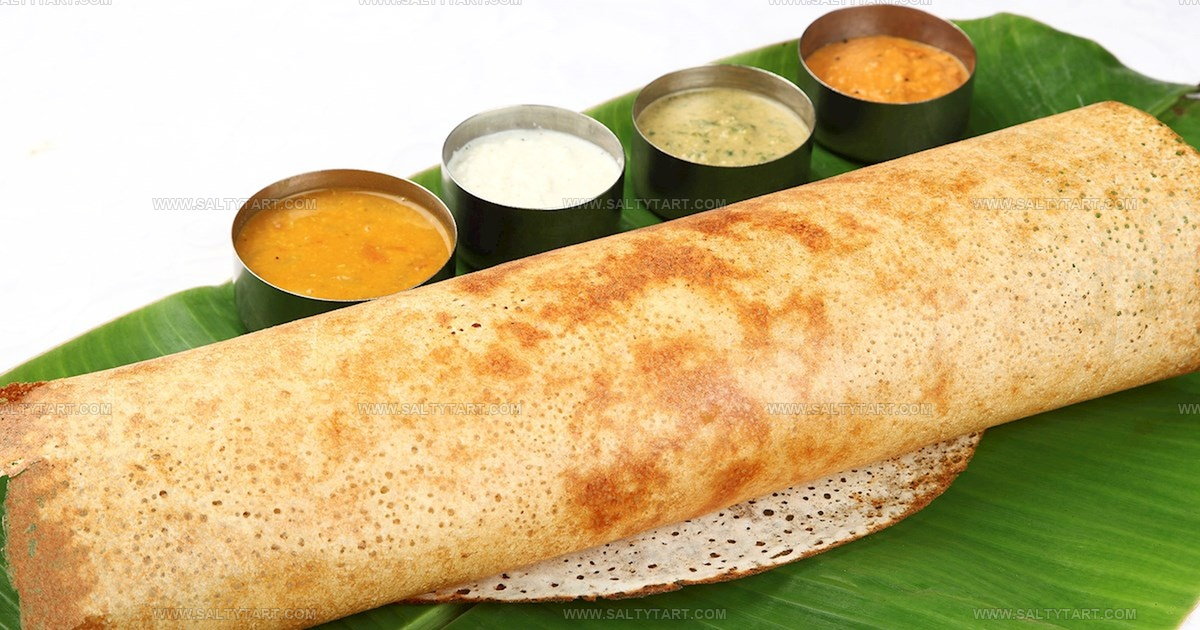
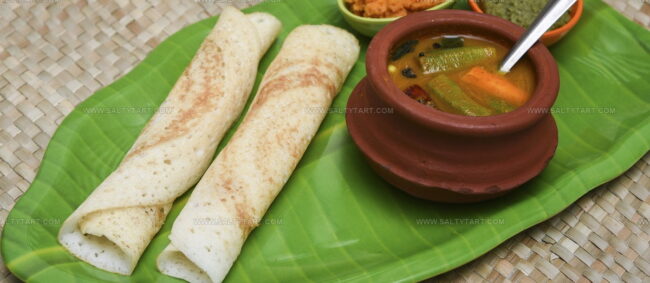
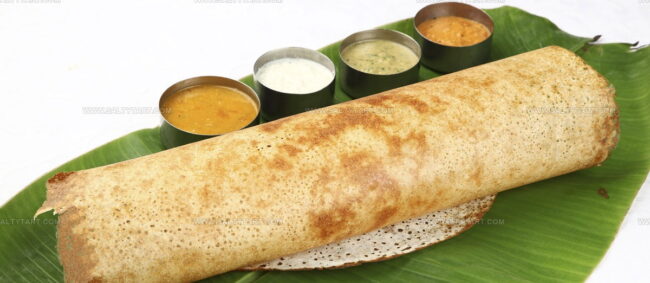
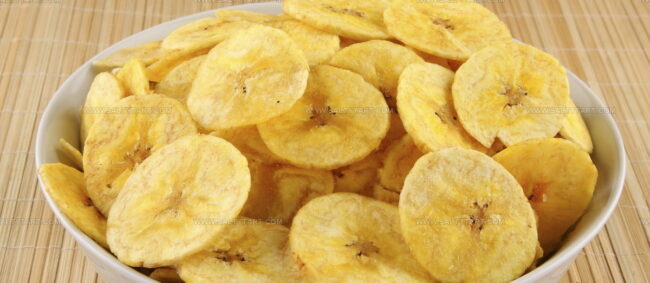
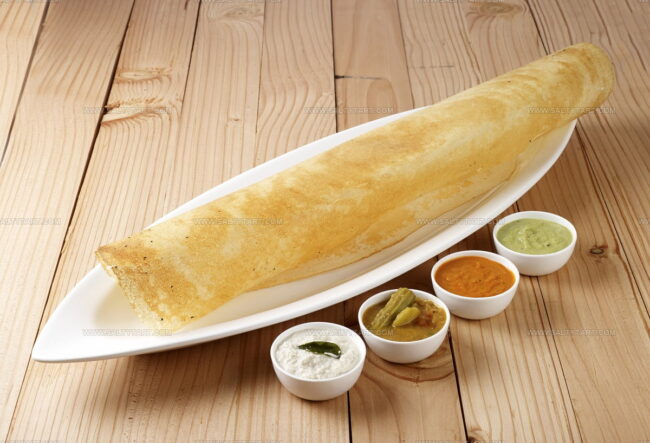
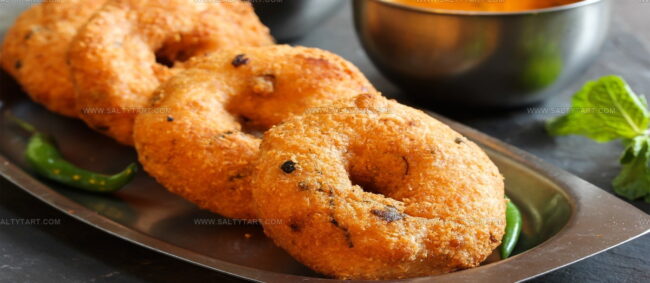
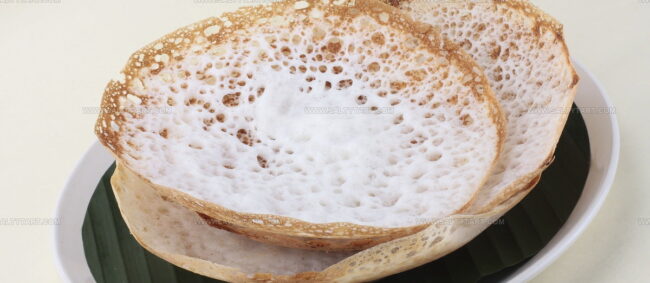
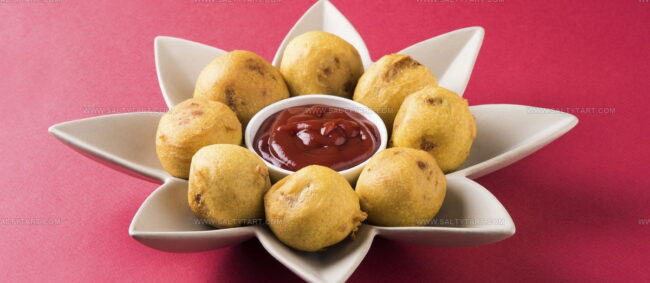
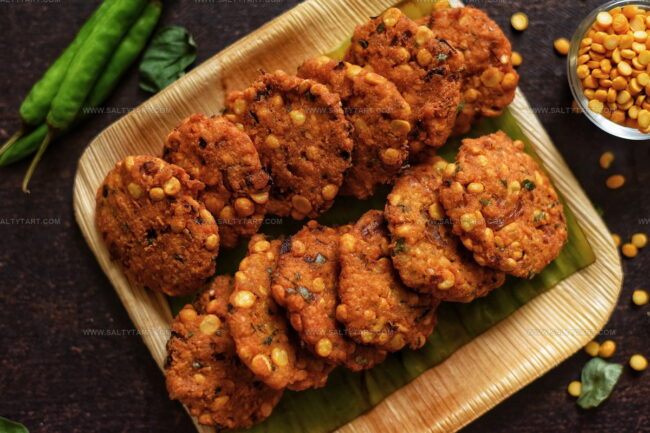
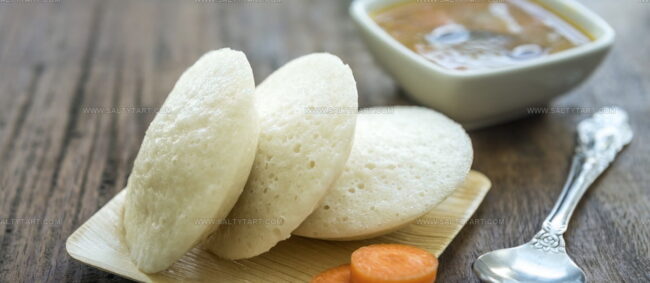
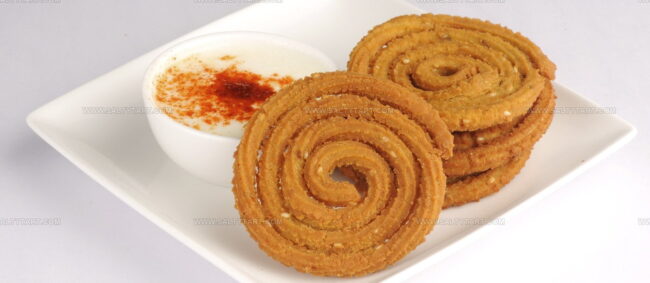
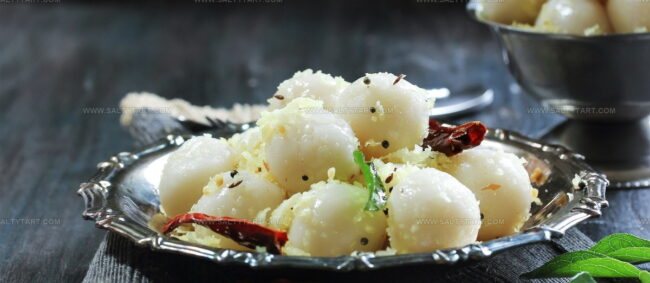
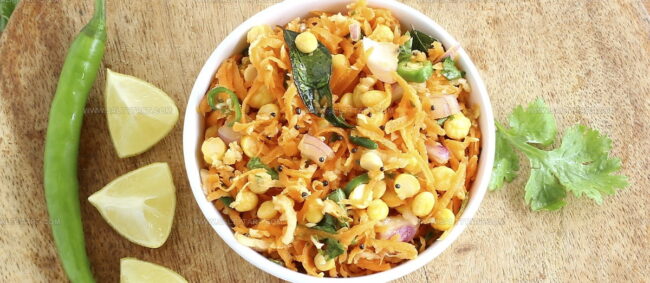
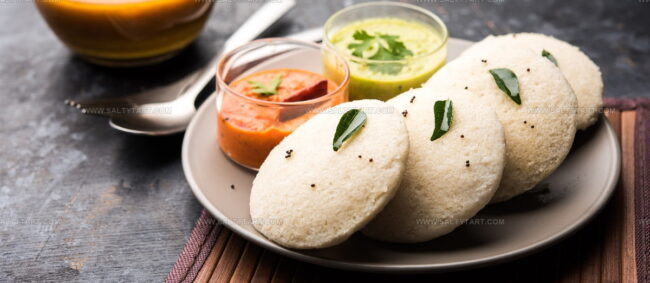
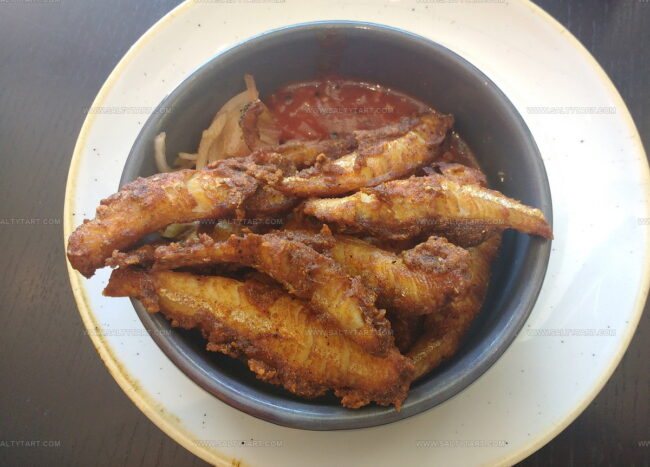
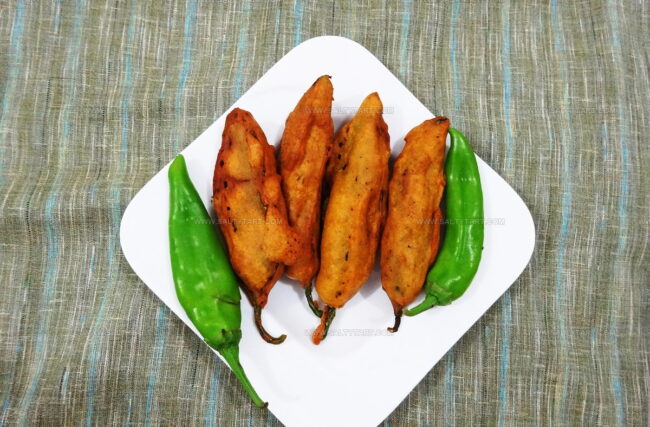

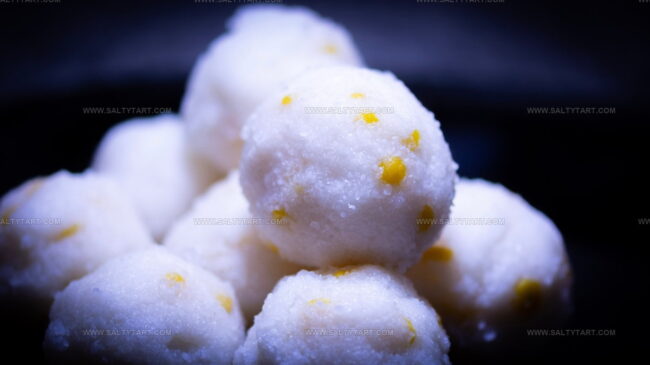
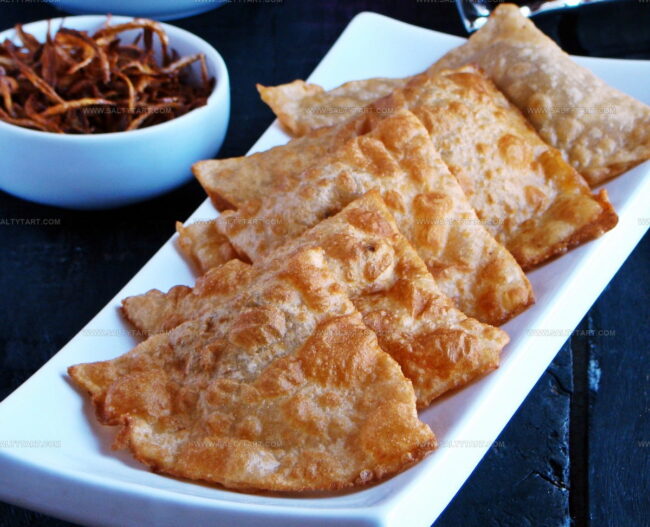
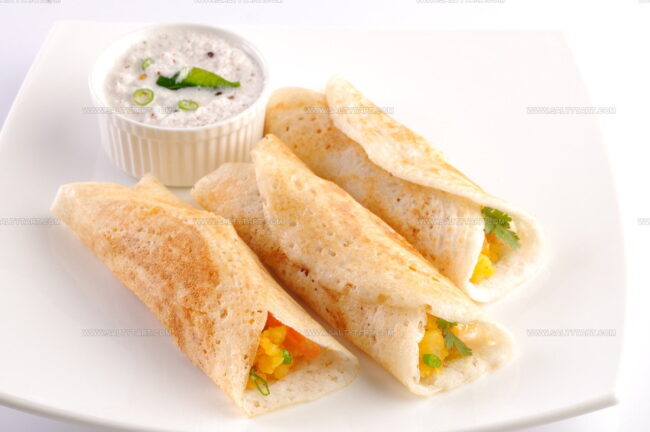
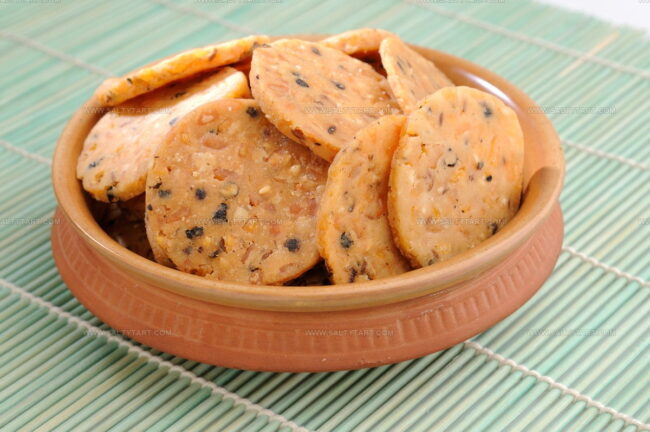
Jess Martinez
Contributing Recipe Writer & Nutrition Consultant
Expertise
Southwestern and Latin American cooking, Nutritional analysis and healthy recipe planning, Cultural food traditions, Modifying traditional dishes for better health
Education
Santa Fe Community College
Certificate in Culinary Arts
Focused on mastering the flavors and cooking methods of traditional Southwestern cuisine.
Jess’s love for bold, homegrown flavors led her straight into the world of Southwestern cooking and cultural nutrition.
After completing her Certificate in Culinary Arts at Santa Fe Community College, she made it her mission to show that good-for-you food can still taste incredible.
At saltytart.com, Jess shares vibrant, health-conscious recipes with roots in tradition but a fresh, modern twist. When she’s not testing new recipes, you’ll find her at local growers’ markets, tending her herb garden, or digging into food history books.